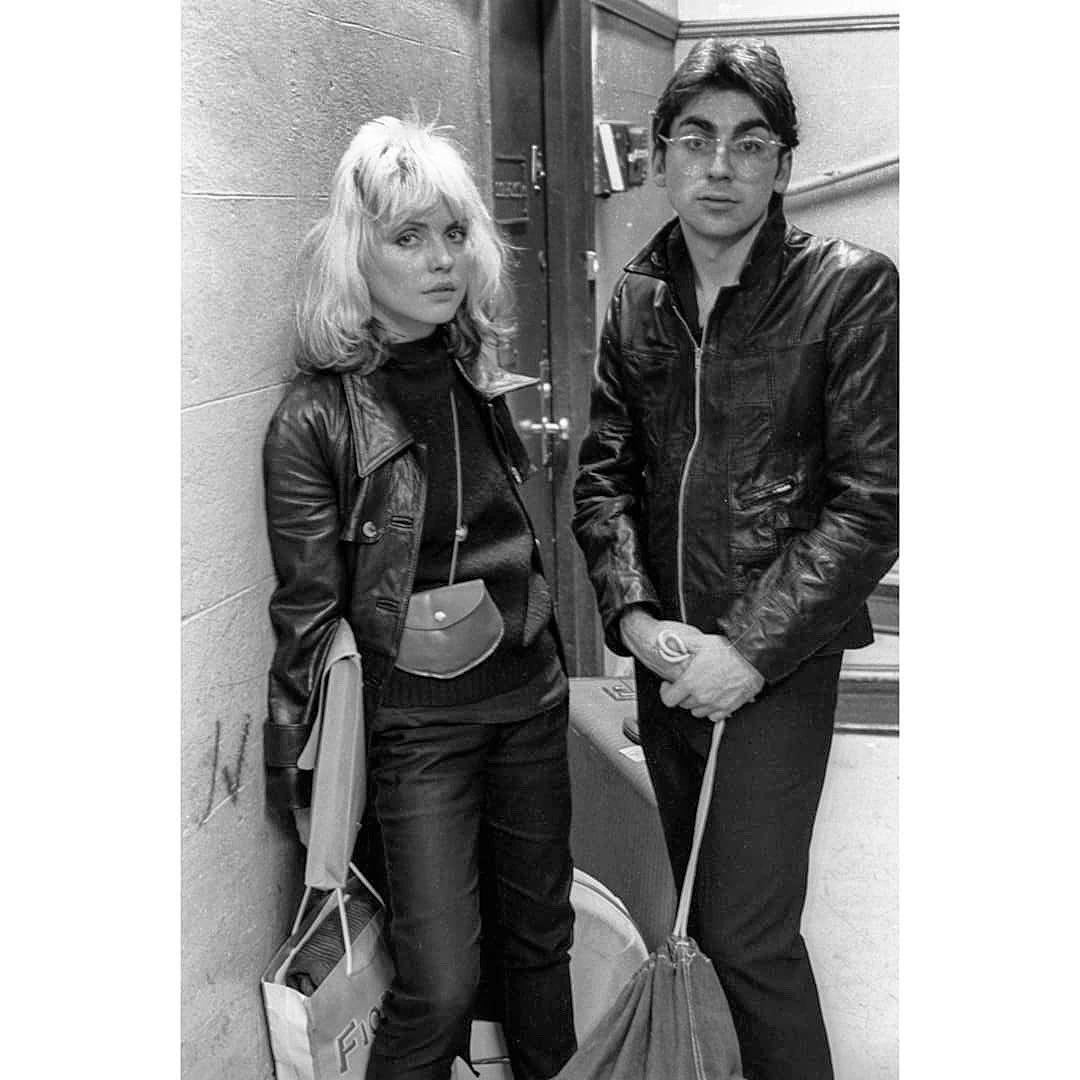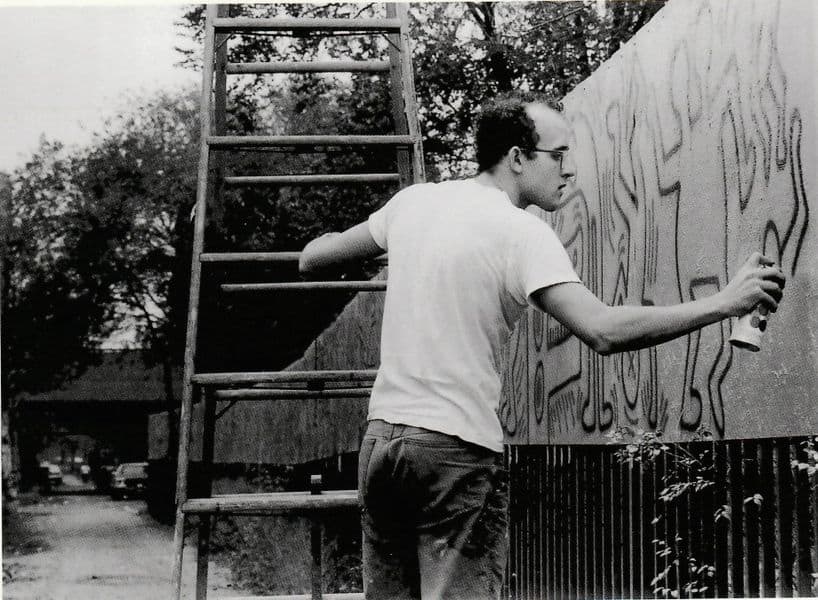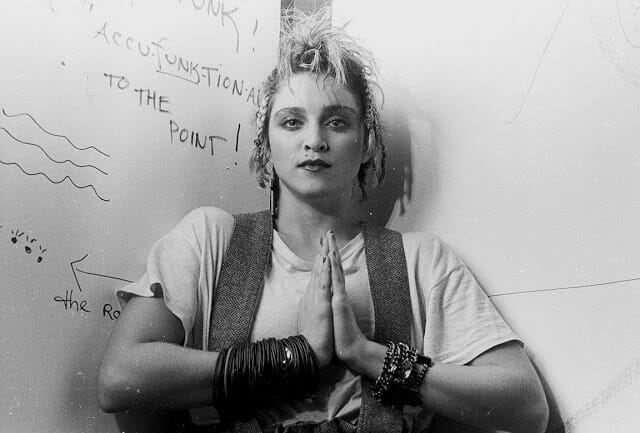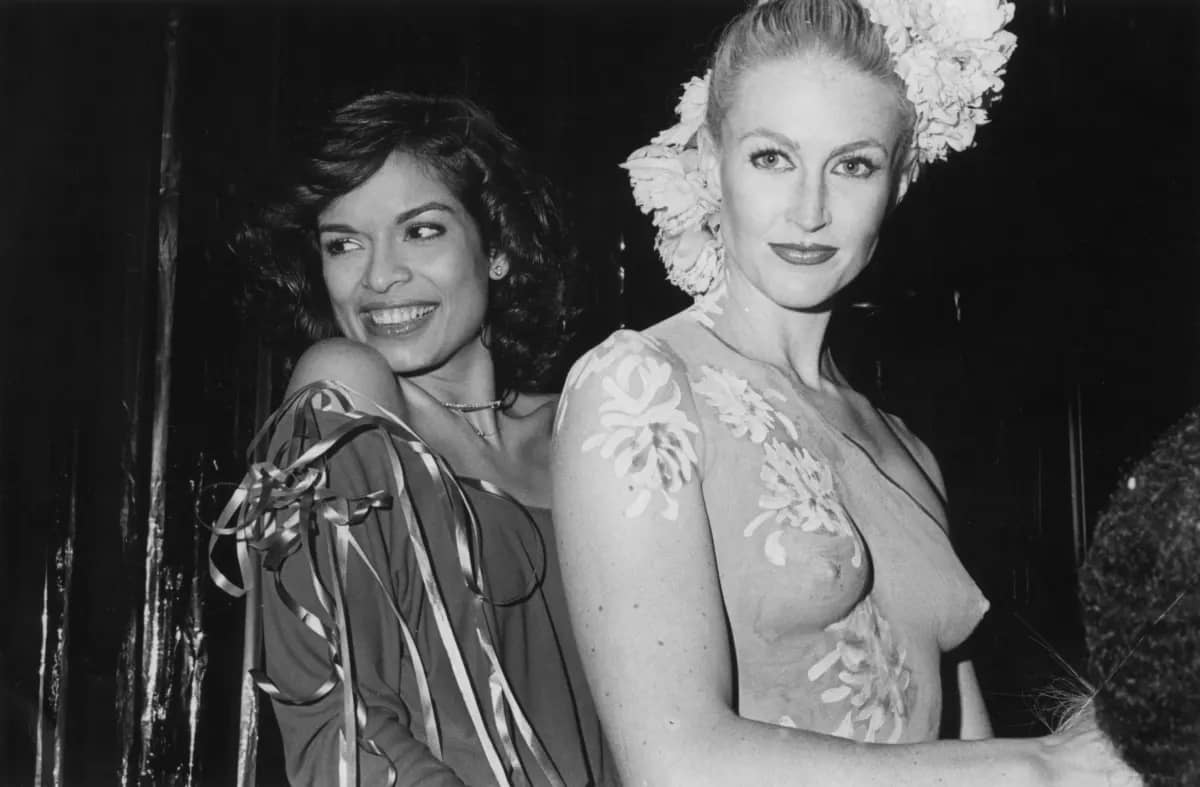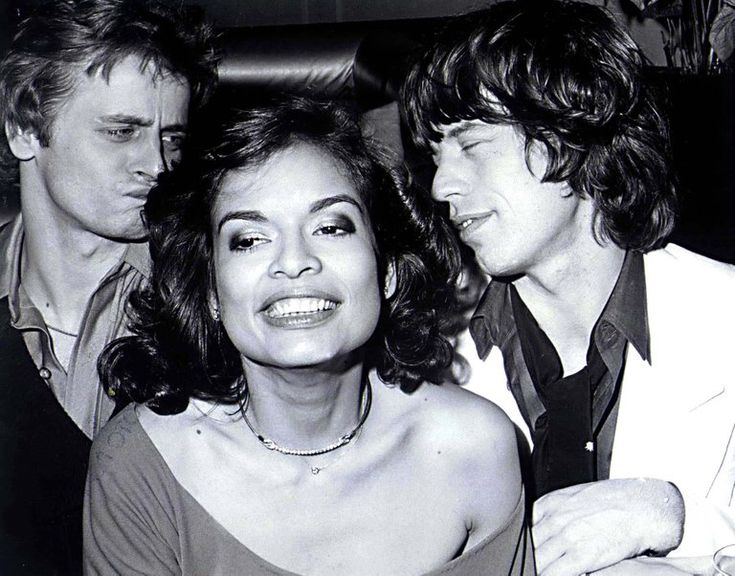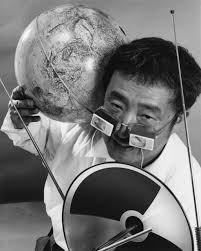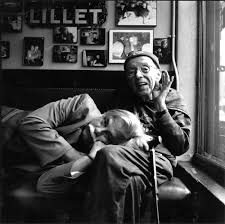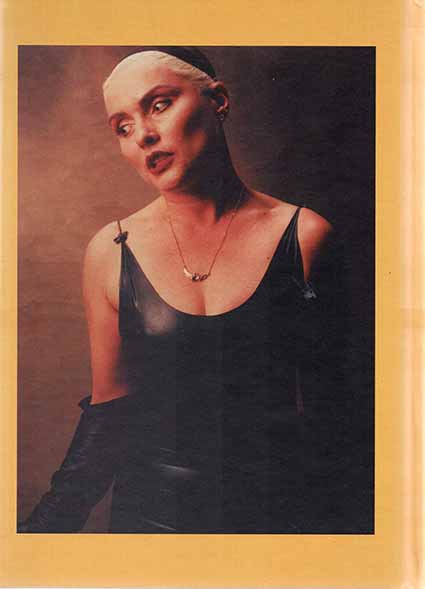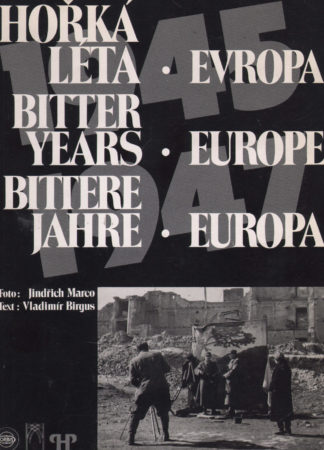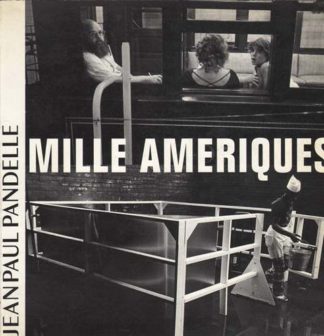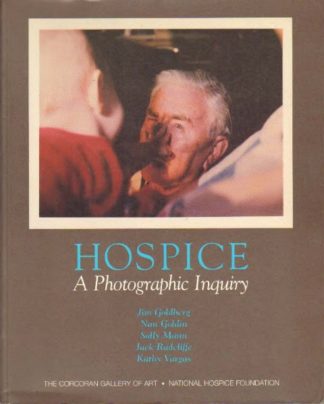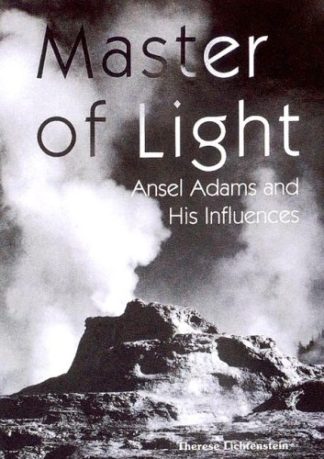« À l’exception de l’année entre 1980 et 1981 où Lynka et moi avons voyagé aux États-Unis dans un véhicule de loisir, j’ai passé tout mon temps, de 1971 à 1994, à New York. ET C’ÉTAIT UNE LUTTE CONSTANTE. Créativement, et financièrement.
J’ai des centaines de rouleaux de film noir et blanc de l’époque, dont la plupart ont été pris avec un Leica M3 avec un objectif Summicron 50mm. J’ai développé les négatifs moi-même, et fait des zillions d’impressions dans des chambres noires successives, comme je suis passé d’un loft, à un appartement, à un loft, au fil des ans. J’ai aussi photographié avec un Crown Graphic 4×5 (comme celui utilisé par Weegee), ainsi qu’un Hasselblad avec un objectif régulier; plus tard, avec un Lumix Point & Shoot.
Cette publication est le résultat de Gea, une artiste chilienne et amie d’Instagram, qui m’a présenté Xavier, l’éditeur des Éditions Timeless. Une fois qu’on a accepté de travailler sur un livre, j’ai utilisé internet pour contacter les gens que j’ai photographiés il y a vingt, trente ans. Parfois ils sont toujours là, et parfois non. Et parfois un nouveau nom a été échangé avec une personne ou un lieu du passé (comme Fashion Moda, maintenant répertorié comme un magasin de vêtements à Las Trinitarias, Venezuela, et utilisé par un espace d’art dans le Bronx du Sud).
Certaines des photos de ce livre ont été prises pour des publications d’art du centre-ville, comme le Soho Weekly News ou l’East Village Eye, mais la plupart étaient sans commande. Il n’y a pas de discipline dans ma vie. Pas d’ordre. Je pensais que le chaos aidait la créativité, je n’en suis plus si sûr.
Il y a eu deux périodes intenses de travail, semble-t-il, à l’époque où je vivais à New York : au milieu des années 70, et vers l’époque où Leah, ma fille aînée, est née en 1984.
Il y a d’innombrables photos de ces décennies et heureusement certains sujets ont fait qu’il est facile de se rappeler quand et où certaines photos ont été prises.
Dans les années 70 : Les Rolling Stones sur un camion à plateau, roulant sur la Cinquième Avenue, en mai 1975; les fêtards à la fête d’anniversaire de Bianca Jagger au Studio 54 le 2 mai 1977; les Dead Boys au CBGB »s le 4 mai 1977; Blondie en répétition le 18 octobre 1977 (une date qui était facile à se rappeler, vu que Reggie Jackson a frappé trois home runs pour les Yankiees de New York dans une série mondiale le même jour, et je me souviens que je n’ai cessé de quitter les sessions de répétition pour regarder les replays de home run sur la T.V.); Grace Jones se produisant au Studio 54 le 29 décembre 1977.
Dans les années 80 : John Sex au Danceteria en 1983 ; Robert Mapplethorpe à la Robert Miller Gallery, et Dondi à la Fun Gallery, en mars 1983 ; Madonna au Danceteria le 3 octobre 1983 ; Kenneth Anger en novembre 1984.
Toute l’année a été très occupée parce que j’ai aussi photographié Greer Lankton, David Wojnarowicz, Mike Bidlo, Rick Prol, Luis Frangella, Richard Hambleton-la jetée de Canal Street grouillait d’artistes-Kenny Scharf avec sa femme et sa fille, Keith Haring, et Andy Warhol dans sa voiture d’art. Et beaucoup, beaucoup d’autres artistes et musiciens. […] »-extrait de l’introduction par Eric Kroll
« Except for the year between 1980 and 1981 that Lynka and I spent travelling around the US in a recreational vehicle, I spent all of my time, from 1971 to 1994, in New York. AND IT WAS A CONSTANT STRUGGLE. Creatively, and financially.
I have hundreds of rolls of black and white film from back then, most of which were shot with a Leica M3 with a Summicron 50mm lens. I developed the negatives myself, and made zillions of prints in successive darkrooms, as I moved from loft, to apartment, to loft, throughout the years. I also shot with a 4×5 Crown Graphic (like the one Weegee used to use), as well as a Hasselblad with a regular lens; later on, wiht a Lumix Point & Shoot.
This publication is the result of Gea, a Chilean artist and friend of mine from Instagram, having introduced me to Xavier, the publisher of Éditions Timeless. Once we agreed to work on a book, I used the internet to contact people I shot twenty, thirty years ago. Sometimes they’re still there, and sometimes not. And sometimes something new has traded names with a person or venue from the past (the way Fashion Moda, now listed as a clothing outlet in Las Trinitarias, Venezuela, used to be an art space in the South Bronx).
Some of the photos in this book were shot on assignment from Downtown art publications, like the Soho Weekly News or the East Village Eye, but most were self-generated. There is no discipline in my life. No order. I used to think that chaos helps creativity-I’m not sure about that anymore.
There were two intense periods of work, it seems, during the time I lived in New York: in the mid seventies, and around the time Leah, my eldest daughter, was born in 1984. There are innumerable photographs from those decades and luckily some of the subject matter has made it easy to remember when and where certain pictures were shot. In the seventies: The Rolling Stones on flatbed truck, rolling down Fifth Avenue, in May of 1975; partygoers at Bianca Jagger’s birthday party at Studio 54 on May 2, 1977; the Dead Boys at CBGB »s on May 4, 1977; Blondie in rehearsal on October 18, 1977 (a date which was easy to recall, seeing as Reggie Jackson hit three home runs for the New Yorkd Yankiees in a World Series on that very same day, and I remember that I kept leaving the rehearsal sessin to watch the home run replays on T.V.); Grace Jones performing at Studio 54 on December 29, 1977. In the eighties: John Sex at Danceteria in 1983; Robert Mapplethorpe at Robert Miller Gallery, and Dondi at fun Gallery, in March of 1983; Madonna at Danceteria on October 3, 1983; Kenneth Anger in November of 1984. That whole year was busy because I also photographed Greer Lankton, David Wojnarowicz, Mike Bidlo, Rick Prol, Luis Frangella, Richard Hambleton-the pier at Canal Street was teeming with artists-Kenny Scharf with his wife and daughter, Keith Haring, and Andy Warhol in his art car. And many, many more artists and musicians.[…] »-extract from the introduction by Eric Kroll


